So who invented the Chess Game?
Many states claim to have invented the chess game in some incipient form. The most frequently held belief is the fact that chess originated in India, where it was called Chaturanga, which seems to have been invented in the 6th century AD. It is thought that Persians created a more modern version of the game following the Indians, although this is usually believed. In reality, the oldest known chess pieces are discovered in excavations of early Persian territories.
Another theory exists that chess arose from the similar game of Chinese chess, or at least a predecessor thereof, existing since the 2nd century BC in China. David Li and Joseph Needham are two of several scholars that have favored this theory.
Chess eventually spread westward to Europe and eastward as far as Japan, spawning variants as it went. One theory implies that it migrated to Persia from India, where its terminology was translated into Persian, and its own name changed to chatrang. The entry of chess into Europe is marked with a huge improvement in the powers of the queen. The earliest known texts seem to suggest a bi-directional spread in the Persian empire. In fact, the earliest known reference points to Shah Ardashir as being a master of the sport, his rule was from 224 - 241 AD. This would indicate that chess was invented some time before his rule.
From Persia it entered the Islamic world, where the names of its own pieces largely remained in their Persian forms in early Islamic times.
* Checkmate: This really is the English rendition of shah mat, which is Persian for "the king is completed".
* Rook: From the Persian rukh, which means "chariot", but additionally means "cheek" (part of the face). The piece resembles a siege tower. It is also believed that it was named following the legendary Persian bird of great power called the roc. In India, the piece is more popularly called haathi, which means "elephant".
* Bishop. This word "alfil" is truly the Arabic for "elephant" thus the Spanish word would most definitely happen to be taken from the Islamic provinces of Spain. The English name "bishop" is a rename inspired by the traditional shape of the piece. In Russia, the piece is, however, known as "elephant". In the Indian lingo but, the piece is more popularly called oont = "camel".
* Queen. By The Way, the Indian equivalent of "queen", rani is used for the piece by Indians.
The game spread through the entire Islamic world following the Muslim conquest of Persia. Chess eventually reached Russia via Mongolia, where it was played at the beginning of the 7th century. It was introduced in the 10th century by the Moors into Spain, and described covering chess, backgammon, and dice named the Libro de los juegos. Chess additionally found its way across Siberia into Alaska.
Modern chess
Early on, the pieces in European chess had limited movement; bishops could only move by jumping exactly two spaces diagonally (similar to the elephant in xiangqi), the queen could move only one space diagonally, pawns couldn't move two spaces on their very first move, and there was no castling. The game in Europe since that time continues to be almost the same as is played today. The current rules were finalized except for the exact conditions for a draw.
Chess's international governing body is FIDE, which has presided over the world championship matches. Most countries of the world have a national chess organization too. Although chess is just not an Olympic sport, it has its Olympiad, held every two years as a team event.
Another theory exists that chess arose from the similar game of Chinese chess, or at least a predecessor thereof, existing since the 2nd century BC in China. David Li and Joseph Needham are two of several scholars that have favored this theory.
Chess eventually spread westward to Europe and eastward as far as Japan, spawning variants as it went. One theory implies that it migrated to Persia from India, where its terminology was translated into Persian, and its own name changed to chatrang. The entry of chess into Europe is marked with a huge improvement in the powers of the queen. The earliest known texts seem to suggest a bi-directional spread in the Persian empire. In fact, the earliest known reference points to Shah Ardashir as being a master of the sport, his rule was from 224 - 241 AD. This would indicate that chess was invented some time before his rule.
From Persia it entered the Islamic world, where the names of its own pieces largely remained in their Persian forms in early Islamic times.
* Checkmate: This really is the English rendition of shah mat, which is Persian for "the king is completed".
* Rook: From the Persian rukh, which means "chariot", but additionally means "cheek" (part of the face). The piece resembles a siege tower. It is also believed that it was named following the legendary Persian bird of great power called the roc. In India, the piece is more popularly called haathi, which means "elephant".
* Bishop. This word "alfil" is truly the Arabic for "elephant" thus the Spanish word would most definitely happen to be taken from the Islamic provinces of Spain. The English name "bishop" is a rename inspired by the traditional shape of the piece. In Russia, the piece is, however, known as "elephant". In the Indian lingo but, the piece is more popularly called oont = "camel".
* Queen. By The Way, the Indian equivalent of "queen", rani is used for the piece by Indians.
The game spread through the entire Islamic world following the Muslim conquest of Persia. Chess eventually reached Russia via Mongolia, where it was played at the beginning of the 7th century. It was introduced in the 10th century by the Moors into Spain, and described covering chess, backgammon, and dice named the Libro de los juegos. Chess additionally found its way across Siberia into Alaska.
Modern chess
Early on, the pieces in European chess had limited movement; bishops could only move by jumping exactly two spaces diagonally (similar to the elephant in xiangqi), the queen could move only one space diagonally, pawns couldn't move two spaces on their very first move, and there was no castling. The game in Europe since that time continues to be almost the same as is played today. The current rules were finalized except for the exact conditions for a draw.
Chess's international governing body is FIDE, which has presided over the world championship matches. Most countries of the world have a national chess organization too. Although chess is just not an Olympic sport, it has its Olympiad, held every two years as a team event.



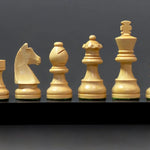
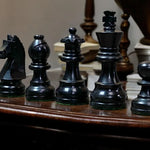
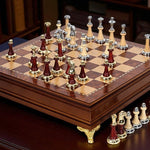
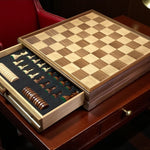
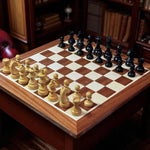

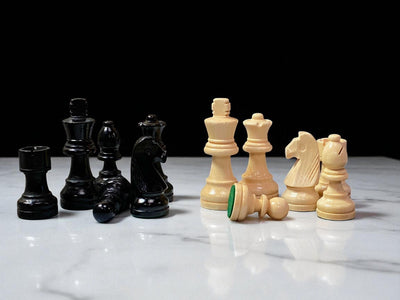
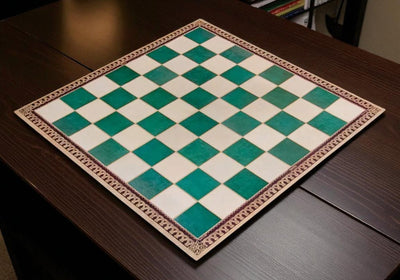
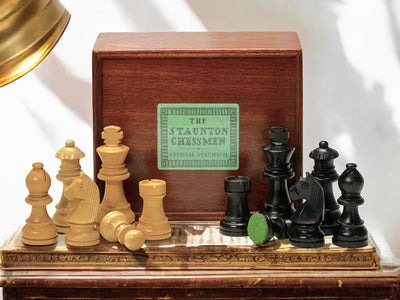
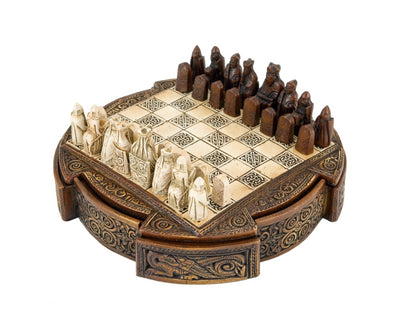
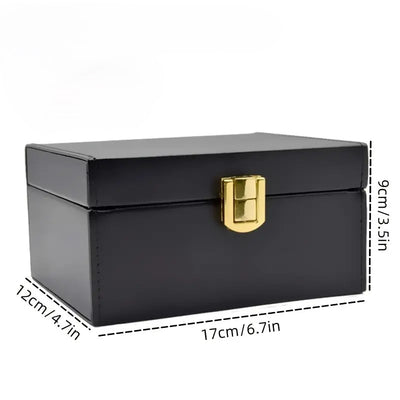
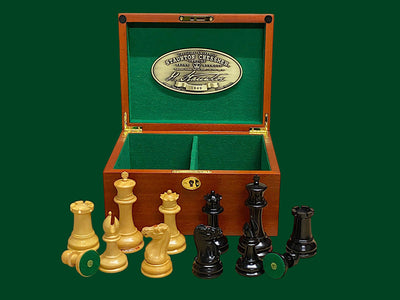
Leave a comment